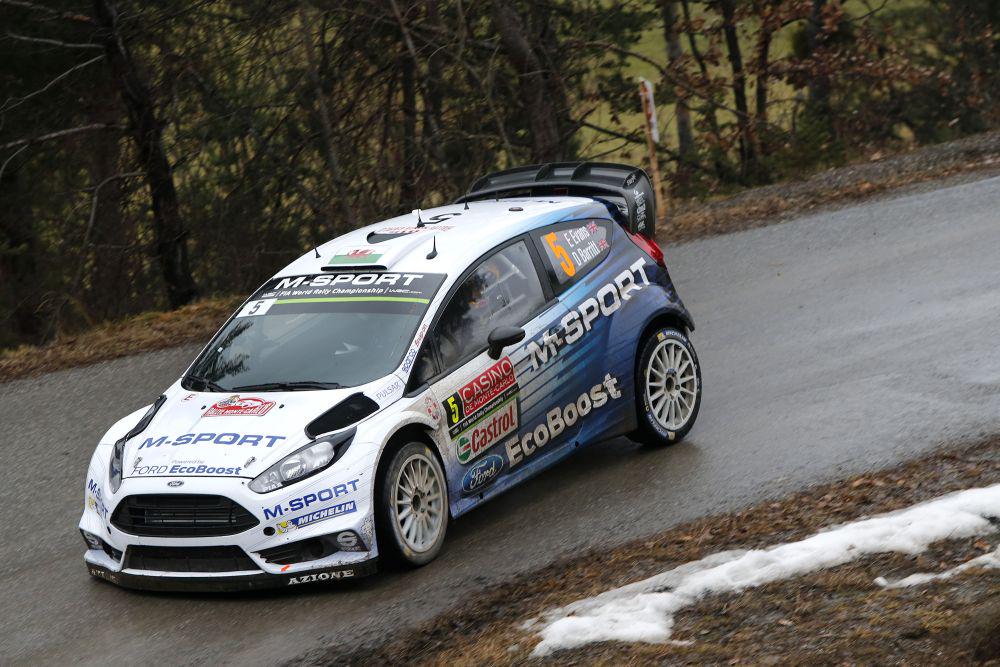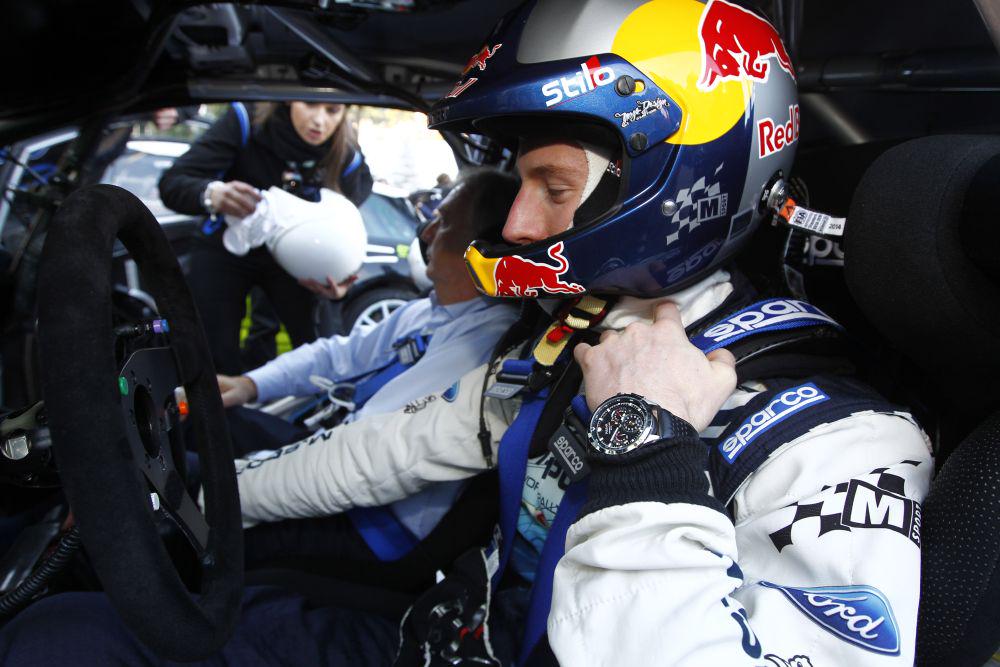Après un hiver plutôt calme, Eugene Laverty a pu faire le plein de sensations fortes en s’essayant au poste de copilote du Gallois Elfyn Evans au Rallye Monte-Carlo, à l’occasion du lancement du Championnat du Monde FIA des Rallyes.
De nombreuses célébrités du monde du sport, du cinéma et de la musique étaient invitées à participer au lancement du Championnat du Monde FIA des Rallyes aux premières loges au Rallye Monte-Carlo, avec l’opportunité d’occuper une place de copilote pour arpenter l’un des plus célèbres tracés de Formule 1, dans les rues de la Principauté.
Eugene Laverty, qui se prépare pour ses débuts en MotoGP™ avec Drive M7 Aspar, l’ancien pilote de F1 David Coulthard et la chanteuse galloise Elin Fflur sont tour à tour montés à côté d’Elfyn Evans pour voir le Gallois exprimer son talent au volant de sa Ford Fiesta RS WRC.
Eugene Laverty : « C’était encore mieux que je ne l’espérais. Regarder Elfyn (Evans) conduire, tenir le volant du bout des doigts, freiner et accélérer de la pointe des pieds… C’était incroyable ! Je passais au moins autant de temps à l’observer qu’à regarder ce qui arrivait devant ! J’ai vraiment adoré cette expérience et ça restera un excellent souvenir. »
Laverty va maintenant rentrer chez lui en Irlande pour assister à la cérémonie des Adelaide Motorbike Awards, à Belfast, où il est nominé dans trois catégories.

It has been a quiet winter for Eugene Laverty up until yesterday when the 2015 FIA World Rally Championship kicked off in style with a star studded event in the heart of Monte-Carlo of which Eugene took part in.
Celebrities from the world of sport, film and music were invited to sample all that the championship has to offer with a very special passenger ride through the streets of the principality's world-famous Formula One circuit.
Alongside the Drive M7 Aspar rider Eugene Laverty was Formula One race winner David Coulthard and Welsh songstress Elin Fflur who all turned co-driver for the afternoon as Elfyn Evans demonstrated the power and performance of his Ford Fiesta RS WRC.
Eugene Laverty: "That was even better than I expected. Watching Elfyn [Evans] driving – holding the steering wheel with his finger tips and braking and accelerating using the tips of his toes – was incredible. I was looking across at him as much as I was looking out of the front windscreen! I really enjoyed the experience and it's certainly one that I'll remember for a long time."
Now Eugene flies to Ireland to attend the Adelaide Motorbike Awards in Belfast where he has been nominate for three awards.



